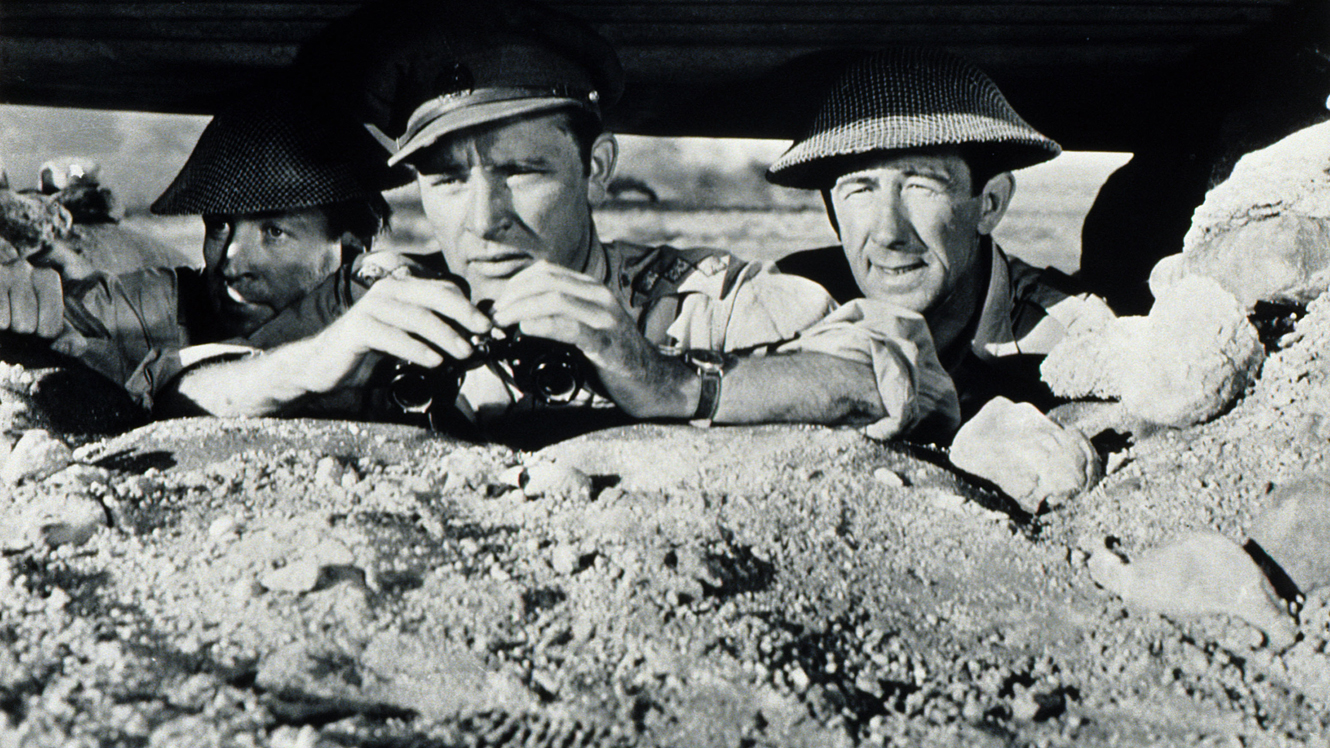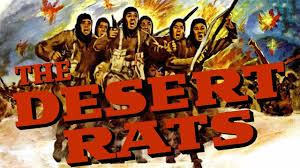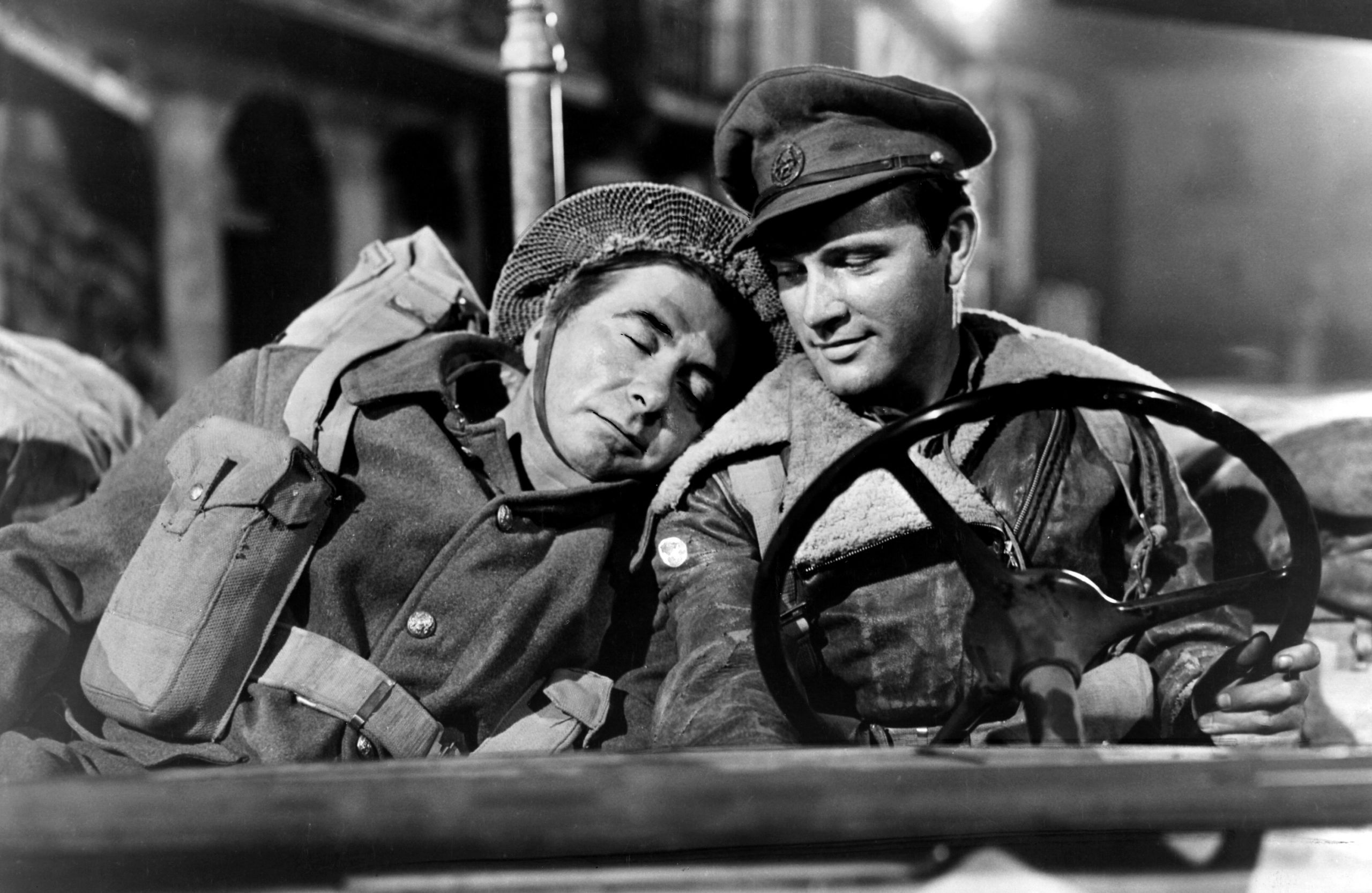🎬 The Desert Rats (1953)

The Desert Rats (1953) Review
Introduction
Directed by Robert Wise, The Desert Rats (1953) is a gripping World War II drama that pays tribute to the courage and tenacity of the Allied forces during the North African campaign. Starring Richard Burton, James Mason, and Robert Newton, the film focuses on the siege of Tobruk, a pivotal battle in which a small group of Australian soldiers held off a vastly superior German force. With its blend of action, character drama, and historical significance, The Desert Rats remains a compelling depiction of wartime resilience.
Plot Overview
The story centers on Captain “Tammy” MacRoberts (Richard Burton), a British officer assigned to lead a battalion of Australian soldiers defending Tobruk against General Erwin Rommel’s (James Mason) Afrika Korps. MacRoberts faces the dual challenges of earning the respect of his men and devising a strategy to withstand the relentless German assault.
The narrative also follows Tom Bartlett (Robert Newton), a former teacher turned soldier who serves under MacRoberts. Through Bartlett, the film explores the psychological toll of war and the bonds forged in the face of adversity. As the siege intensifies, MacRoberts and his men must rely on ingenuity, courage, and determination to hold the line against overwhelming odds.
Strengths
1. Richard Burton’s Commanding Performance
Burton delivers a charismatic and intense performance as Captain MacRoberts. His portrayal captures the complexities of leadership, balancing stoic determination with moments of vulnerability. Burton’s presence elevates the film, making MacRoberts a compelling and relatable protagonist.
2. James Mason’s Nuanced Rommel
James Mason’s portrayal of Field Marshal Rommel adds depth to the film. While he serves as the antagonist, Mason’s performance imbues Rommel with intelligence and a sense of honor, avoiding caricature and lending credibility to the historical context.
3. Realistic Depiction of Warfare
The film’s battle scenes are well-executed, blending strategic planning with the chaos of combat. The use of practical effects and authentic military tactics enhances the sense of realism, immersing viewers in the intensity of the siege.
4. Exploration of Camaraderie and Leadership
The film excels in its portrayal of the relationships between soldiers and their leaders. MacRoberts’ journey from outsider to respected leader highlights the importance of trust and unity in overcoming adversity.
5. Efficient Storytelling
At a brisk 88 minutes, The Desert Rats delivers a focused and engaging narrative. The pacing ensures that the film maintains tension without overstaying its welcome.
Weaknesses
1. Limited Focus on the Australian Perspective
While the film centers on an Australian battalion, the narrative largely focuses on MacRoberts, a British officer. This choice somewhat diminishes the opportunity to fully explore the unique experiences and contributions of the Australian soldiers.
2. Simplistic Characterization
Some supporting characters, including the soldiers under MacRoberts’ command, lack depth. Their roles primarily serve the plot rather than offering fully realized personalities.
3. Historical Simplifications
As with many war films of its era, The Desert Rats takes liberties with historical accuracy. While it captures the spirit of the events, certain details are simplified or dramatized for cinematic effect.
Themes and Symbolism
1. The Burden of Leadership
MacRoberts’ journey underscores the challenges of leadership in wartime, particularly the need to inspire and unite a diverse group of individuals under extreme pressure.
2. Resilience and Ingenuity
The film highlights the resourcefulness of the Allied forces during the siege of Tobruk, showcasing their ability to adapt and persevere despite limited resources and overwhelming odds.
3. The Human Cost of War
Through characters like Bartlett, the film explores the psychological toll of war, emphasizing the sacrifices and struggles faced by soldiers on the front lines.
Visual and Technical Aspects
1. Cinematography
Lucien Ballard’s cinematography captures the stark beauty of the desert landscape while effectively conveying the claustrophobic tension of the battlefield. The use of shadows and light enhances the film’s dramatic tone.
2. Production Design
The sets and props convincingly recreate the wartime environment, from sandbagged trenches to the dusty streets of Tobruk. This attention to detail adds authenticity to the film.
3. Score
The musical score by Richard Addinsell complements the film’s tone, providing a stirring backdrop for both the action sequences and quieter character moments.
Final Verdict
The Desert Rats (1953) is a well-crafted war film that combines compelling performances, realistic battle sequences, and an engaging narrative. While it could have delved deeper into the Australian perspective and character development, its exploration of leadership, camaraderie, and resilience ensures its place as a classic of its genre. For fans of historical dramas and World War II stories, The Desert Rats offers an inspiring and entertaining look at a pivotal moment in history.
Rating: 8/10